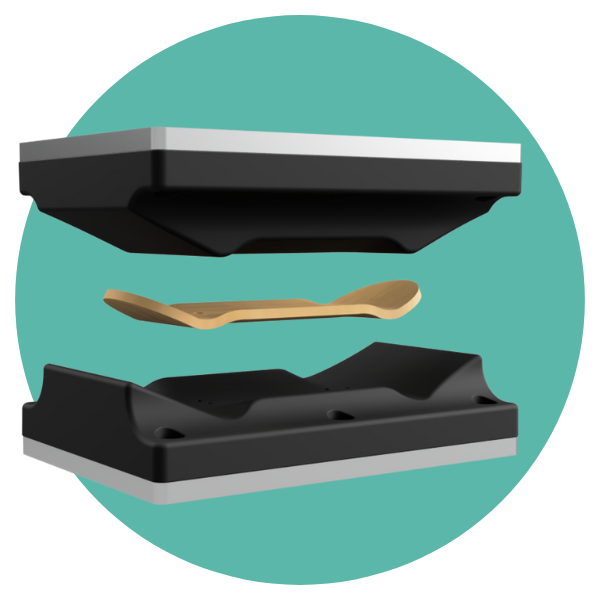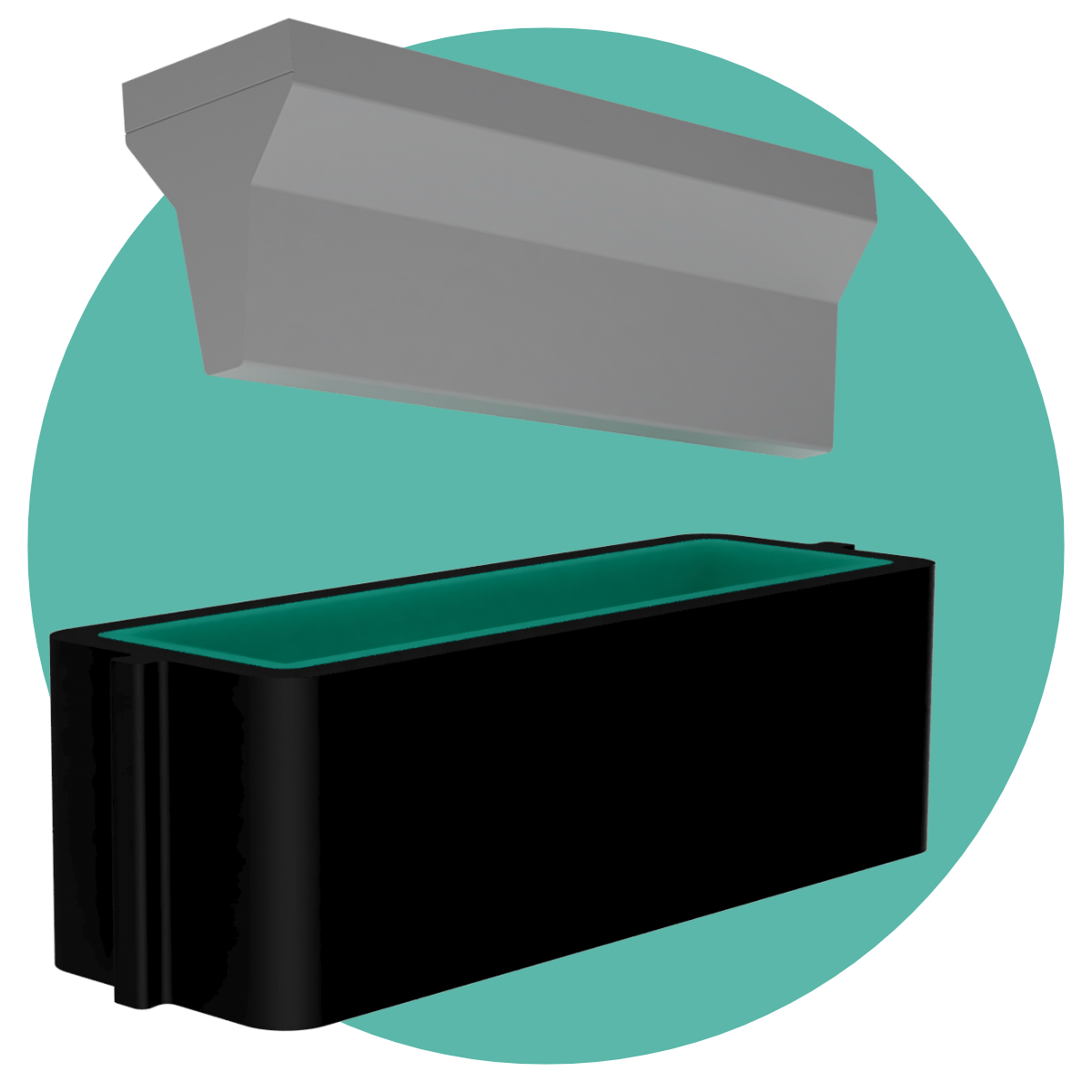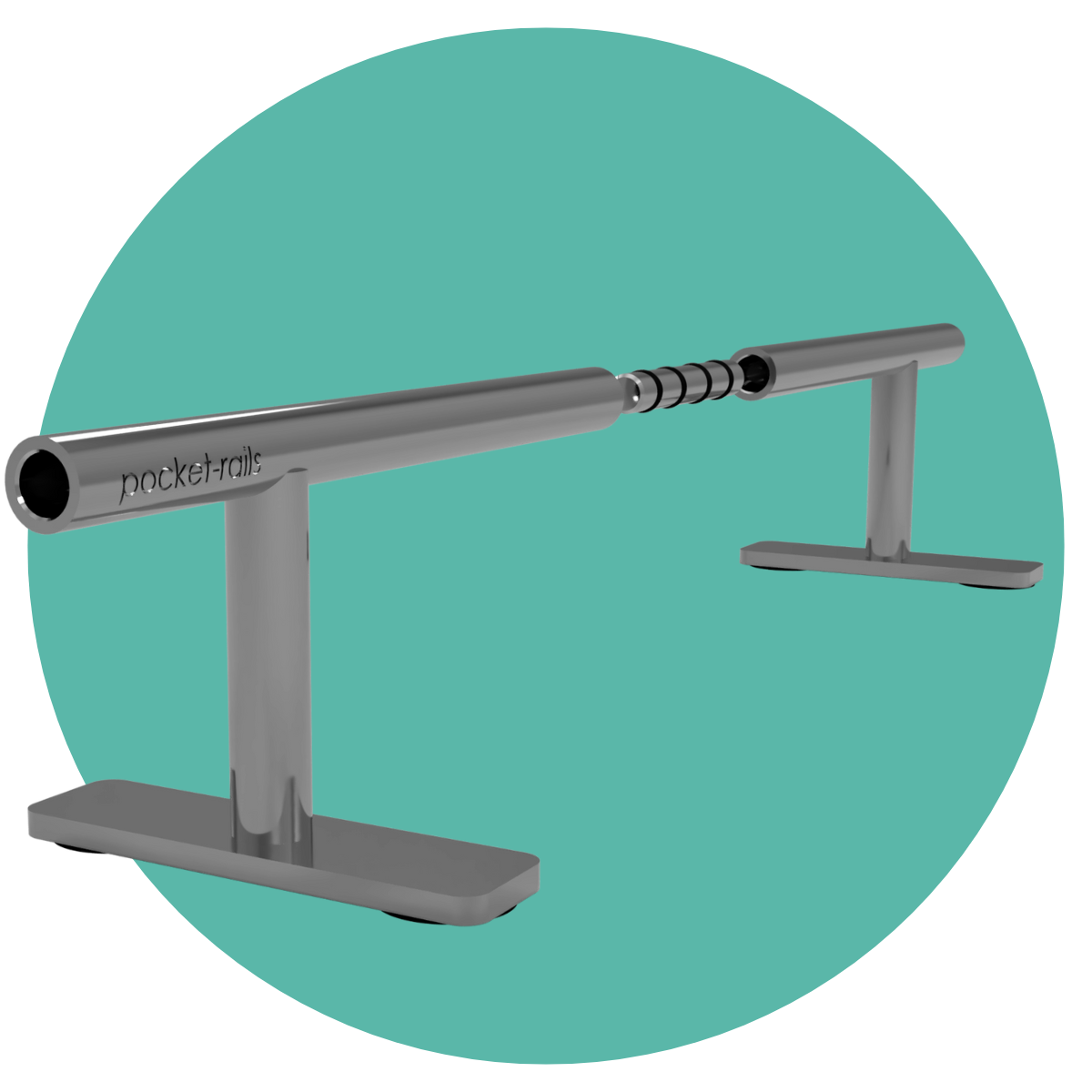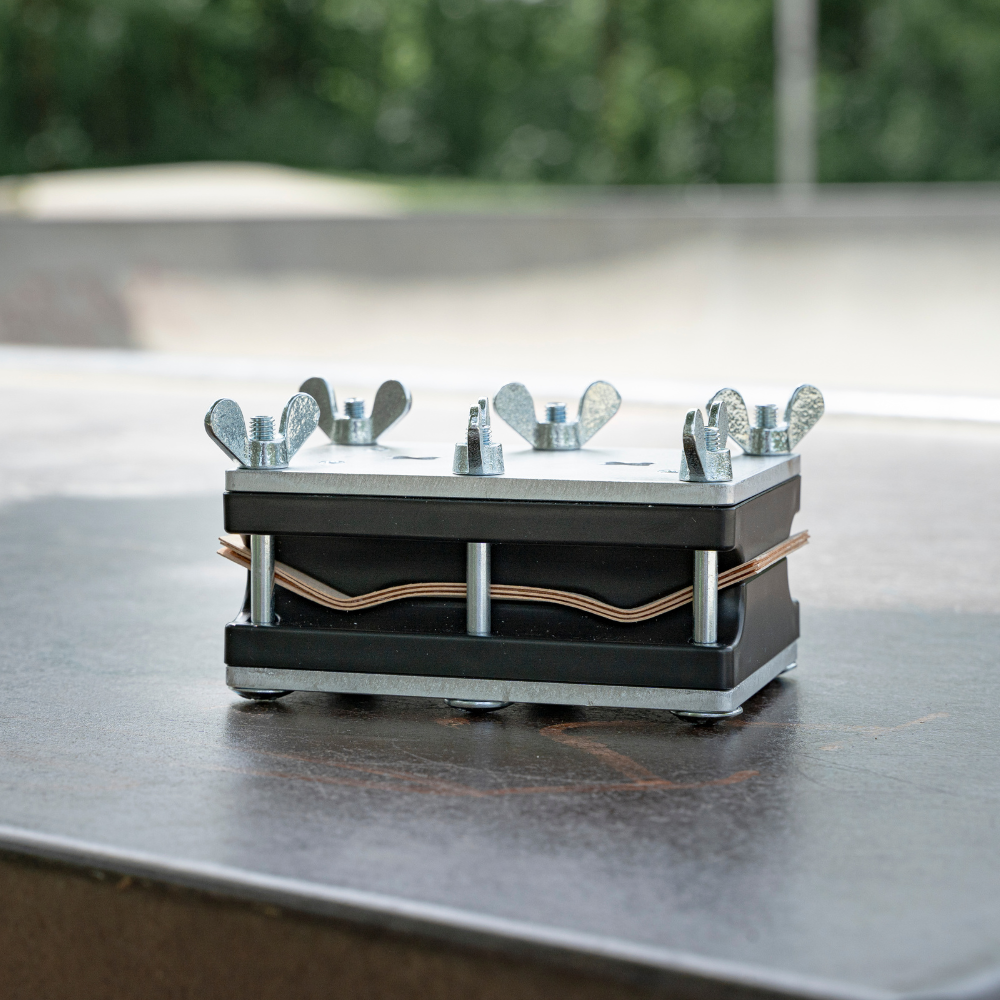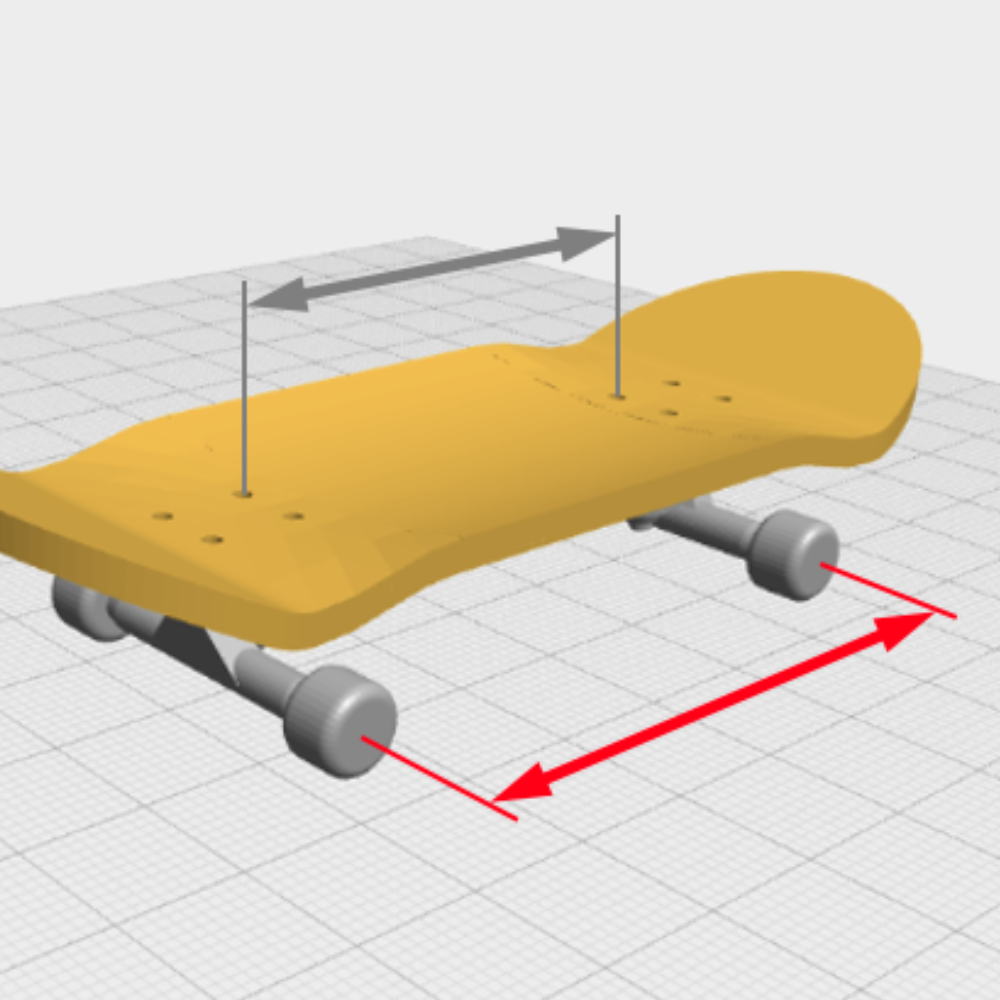Ab und zu erhalten wir detaillierte Fragen zu unseren Fingerboard-Pressformen, und eine davon ist, warum die Presshälften nicht perfekt zusammenpassen, wenn man sie ohne Holz zusammensetzt. Manchmal entsteht sogar die Meinung, dass dies ein Defekt sei. In diesem Artikel möchten wir uns das genauer ansehen und erklären, warum dies kein Defekt ist, sondern bei Präzisionsformen der Fall sein muss.
Ein einfacheres Beispiel
Um das Konzept der Übergröße zu verstehen, können wir ein unkonventionelles Beispiel heranziehen: eine Form für ein U-förmiges Stück. Stell dir vor, du möchtest eine perfekt geformte Schale mit einer genauen Wandstärke von beispielsweise 10 mm herstellen. Um dies zu erreichen, muss die innere Form (der Stempel) kleinere Abmessungen als die äußere Form (die Matrize) haben. Nur so kann sichergestellt werden, dass das Material gleichmäßigen Druck über die gesamte Oberfläche erhält. In diesem Beispiel sieht man auf dem Foto deutlich, dass der Stempel der Matrize einen großen Spalt bildet, wenn sie ohne die grüne Schale zusammengefügt werden.

Die Parallele zu Fingerboard-Pressformen
Werfen wir nun einen genaueren Blick auf die Fingerboard-Presse. Auch hier ist es wichtig, dass das gepresste Fingerboard eine gleichmäßige Wandstärke hat. Es ist ebenfalls wichtig, dass während des Pressvorgangs der Druck gleichmäßig auf die Holzschichten ausgeübt wird. Wenn wir die Fingerboard-Presse mit der U-Form-Presse vergleichen, hat das Fingerboard eine geringere Dicke von 2,5 mm statt 10 mm – aber das Prinzip bleibt dasselbe. Auch hier ist es notwendig, dass der obere Formteil eine andere Kontur als der untere Formteil hat. Wie bei der U-Form bedeutet dies, dass die beiden Hälften nicht perfekt zusammenpassen, wenn sie ohne Holz zusammengefügt werden.

Kann ich mehrere Boards gleichzeitig mit meiner Fingerboard-Form pressen?
Wenn du das Gelernte auf diese Frage anwendest, wird klar, dass dies nicht gut funktionieren kann. Die Fingerboard-Form wurde für Boards mit einer Dicke von 2,5 mm (5 Schichten à 0,5 mm Furnier) entworfen. Eine gewisse Toleranz ist hier kein Problem. Du kannst also auch Boards mit 2 oder 3 mm bauen. Aber wenn du Holz für 2 oder mehr Boards verwendest, kann es möglicherweise nicht mehr gut funktionieren, da die Konturen der Formen dafür nicht ausgelegt sind.
Fazit
Dieser Artikel behandelt die Frage, warum die Hälften der Fingerboard-Presse ohne Holz nicht perfekt zusammenpassen, und stellt klar, dass dies kein Defekt ist, sondern eine Notwendigkeit bei Präzisionsformen. Anhand eines einfachen Beispiels einer U-förmigen Form wird das Konzept der Übergröße erklärt, um eine gleichmäßige Druckverteilung zu gewährleisten. Dasselbe Prinzip gilt für Fingerboard-Formen, was erklärt, warum das gleichzeitige Pressen mehrerer Boards aufgrund der Konturbegrenzungen der Form möglicherweise nicht gut funktioniert.


